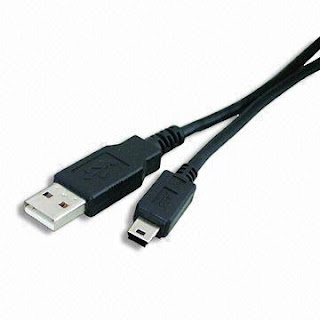 As you can see in Galen Gruman’s opinion essay in InfoWorld, “Why XP must be saved,” there’s certainly a movement afoot to stop Microsoft from discontinuing the product.
As you can see in Galen Gruman’s opinion essay in InfoWorld, “Why XP must be saved,” there’s certainly a movement afoot to stop Microsoft from discontinuing the product.
Currently, Microsoft says that it will stop selling Windows XP at the end of June. Windows Vista has been out for a year now.
I haven’t done a serious evaluation of Windows Vista, although I have installed a version of it onto an old laptop (sadly, one which doesn’t support the GUI richness that the software offers). I use it primarily for those rare instances when I need to use Office 2007 to convert a file, view a Web page with “real” Internet Explorer, or test something.
However, while I can honestly say that I know people who espouse that Windows Vista is better than Windows XP, most of them work for Microsoft. The number of “civilians” who have told me that they are using Windows Vista is very small — and only a handful have said that they actually prefer it, mainly because of the UI effects.
At our company, we have decided to stay on Windows XP for as long as we can. New Windows computers purchased, with the exception of two for our .NET developers who wished to work on the new platform, are still purchased with Windows XP. Frankly, we don’t see a single business benefit to adopting Windows Vista for our users. That means, there’s no ROI. Our IT staff dislikes the idea (and cost) of migrating existing machines to the new operating system. Given that, it makes good sense for us stay on a single platform, as much as possible.
Yet, while I hope that I can keep buying Windows XP for my new hardware, I’m torn by the “Save XP” petitions promoted by Galen and others. Yes, I’m going to sign on. However, the real answer isn’t to insist that Microsoft indefinitely maintain two different desktop operating systems. That’s just not realistic.
It’s also not realistic to expect Microsoft to give up on Windows Vista and keep selling Windows XP until the successor to Windows Vista (aka Windows Seven) ships many years from now. At some point, Windows XP’s clock is going to run out.
Instead, I’d rather see Galen — and other vocal Windows Vista critics, like Steven Vaughan-Nichols — come up with a concrete list of things that they want Microsoft to do to fix the software. What would make a new version of Windows suitable for business, and arguably worth migration from Windows XP?
I’m sorry, but a vague “We don’t like Windows Vista,” or “It was a big mistake,” or “It’s a huge waste of money,” or “We don’t like change,” isn’t enough.


























